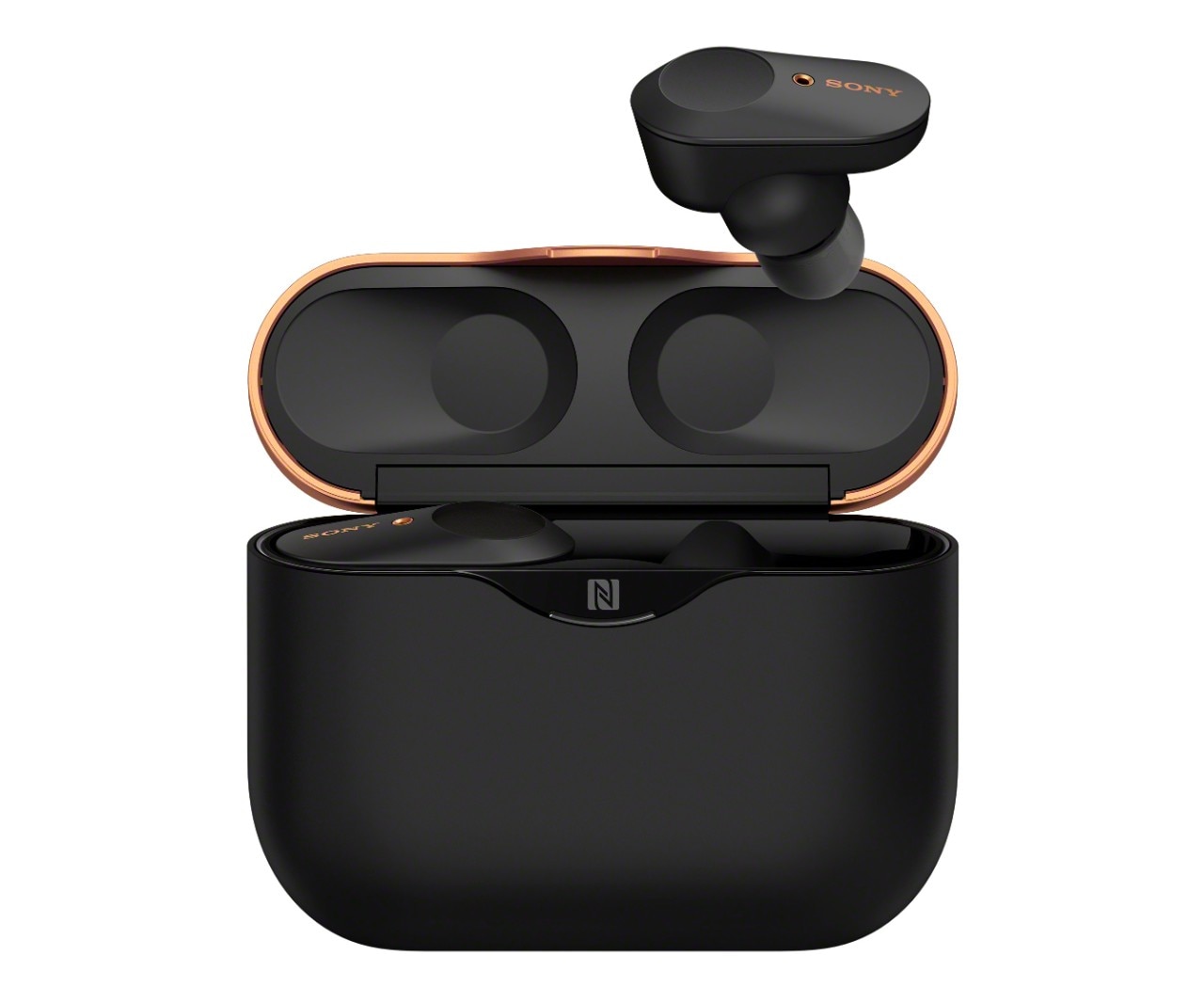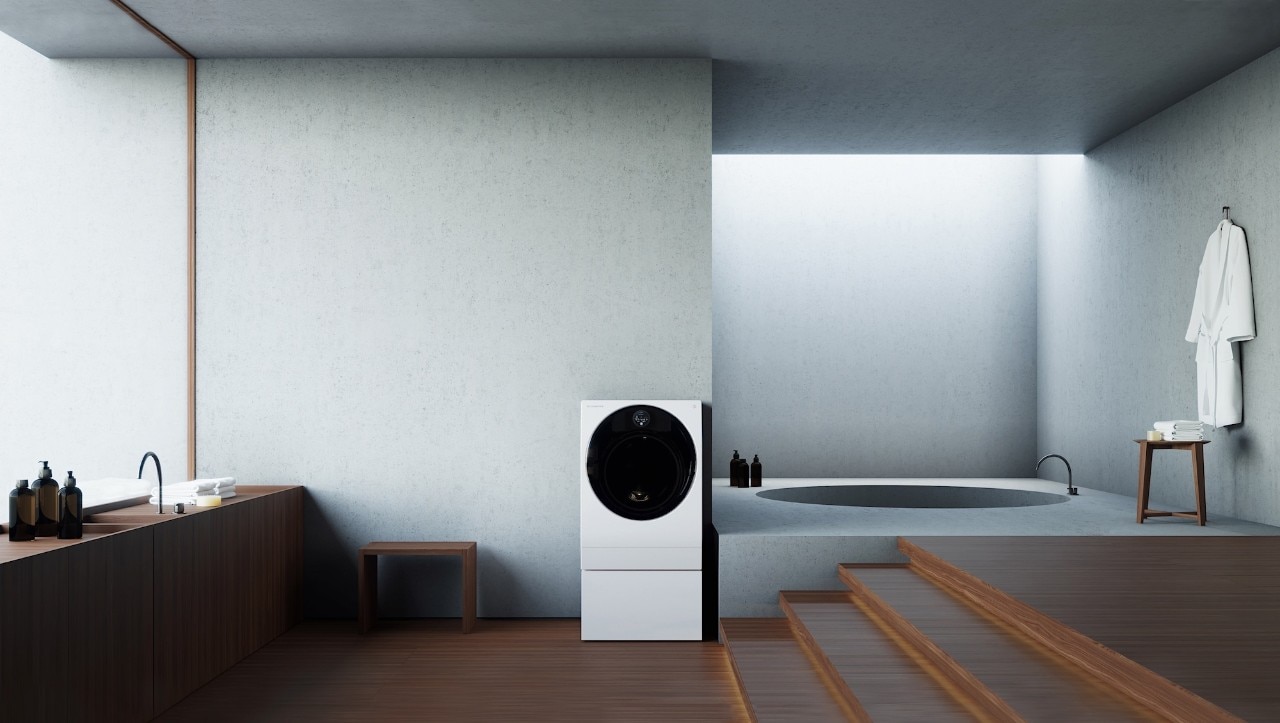Sony's presentation at IFA, the largest consumer electronics exhibition in the western world together with CES in Las Vegas, lasted less than half an hour this year. The Japanese made a recap of what they've accomplished: great TVs, increasingly market-leading mirrorless cameras and a pair of wireless headphones (or "true wireless", as this very popular category of products following in Apple AirPods’ footsteps is called). The WF-1000XM3 Wireless Noise-Cancelling Headphones confirmed Sony's ability to design incredible audio products with extremely forgettable names: just a few years ago they would have been the spearhead of the Berlin presentation, when the very best of consumer electronics, with smartphones leading the way, were the protagonists of IFA, and many crazy pioneering ideas were being unveiled, such as the almost useless attachable smartphone camera module (once again by Sony). However, technology, as it also happens in the fashion world, now seems to prefer a multitude of mid-season appointments. Sony unveiled a new phone, the Xperia 5, only at the end of its presentation. But the most exciting item in the Japanese company's pavilion was the limited-edition Walkman celebrating its 40th anniversary. And that was it, see you in 2020.
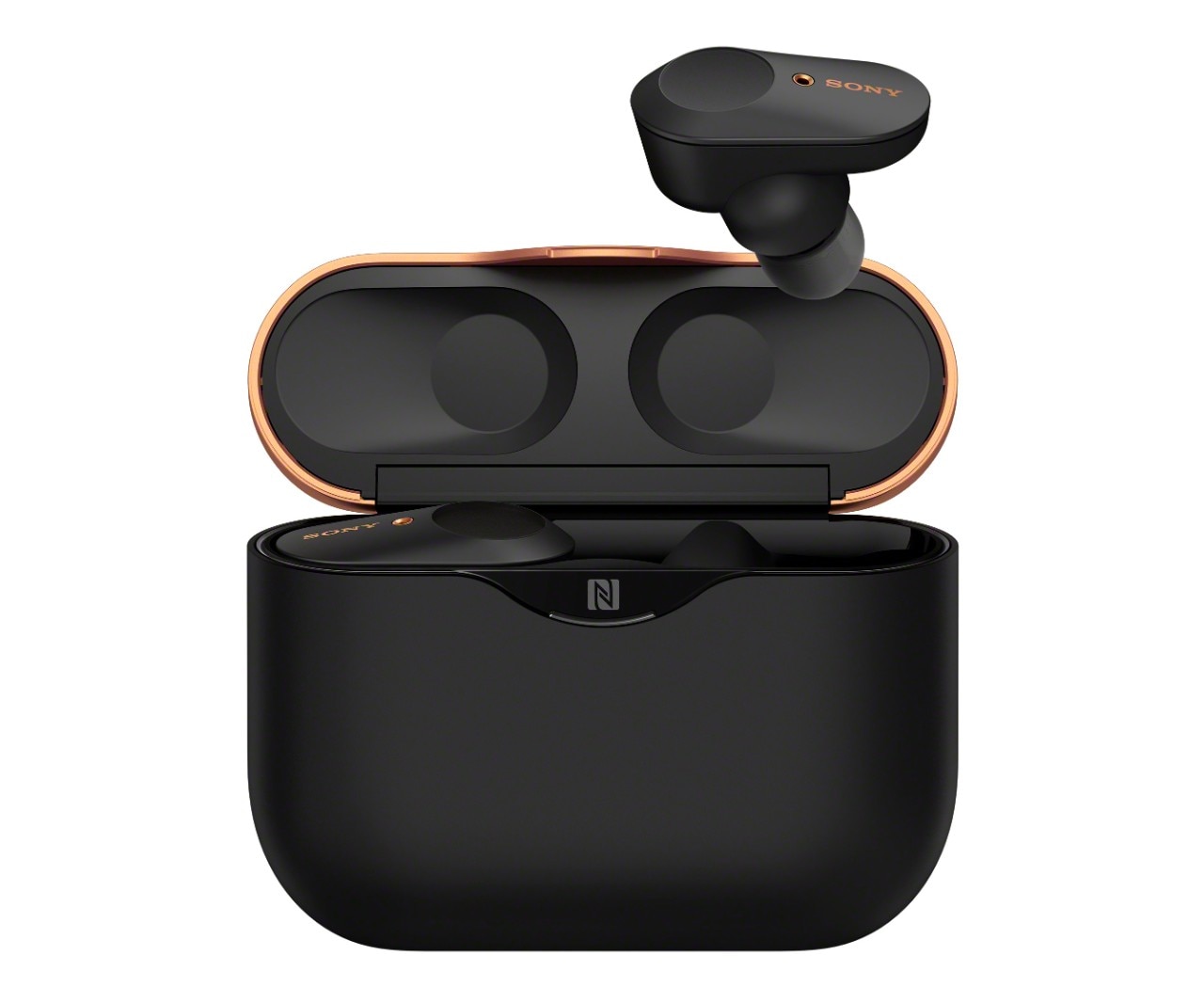
Samsung's keynote was much more detailed: it’s always been the star of the show, with its own stand at the City Cube, the multifunctional area designed by Code Unique which, since 2014, has been an extension of Berlin's original trade fair complex. Then, there was the “re-launch” of the Galaxy Fold, now officially on the market, and air purifiers, and wardrobes capable of refreshing your clothes, which will be very popular in the increasingly strategic market of South-East Asia. And then again, modular refrigerators - that look like the result of a collaboration with Hay -, Frame TVs and the new Serif models. All of this does not simply ratify the merging of design and technology in order to adapt all technological devices to the Instagram-friendly taste of Millennials and GenZers, as it was masterfully exemplified by the latest collaborations - first with Hay, then Ikea - of Sonos, the American company that is currently leading the connected audio devices market. It seems that there has been a real change in the production of mass consumer electronics: customization and colours (as the Asian market teaches us) are the key. Huawei got around the Trump controversy and diverted the attention from the imminent launch of its new flagship phone, the Mate 30, which will probably be lame because it lacks some of the most basic Google services, with a new version of its "old" top of the range, the P30 Pro. It will come in two new colours, with a two-tone matte and glossy finish, that almost “splits” the back of the phone in two. This is something that has been seen only once before - irony of fate? - on Pixel, the line of smartphones designed by Google.
The attention to detail, material and colour makes the difference even in the best-selling wearables of the moment, the wireless earphones, as you can easily understand just by taking a look at the stands of Master & Dynamic, Happy Plugs and Cellularline. Are we witnessing the triumph of aesthetics after innovation has lost its bearings? It's not that simple. Luckily. "Earphones that work well are amazing, while those who don’t can be directly thrown in the garbage," affirms Brian Leonard, vice president of Design for Lenovo, during a long conversation in which he explained that the ideas and insights that Richard Sapper had in the IBM era of the company are still very relevant. "Innovation just for the sake of it has no connection with the consumer: if it doesn't bring any value, it doesn't make sense". Tech devices aren’t just more beautiful, captivating, or "well-designed", as everyone says here at IFA. Technology aims to look “bespoke”, tailor-made. Form and user-experience are taking the lead, while the craze for all those Black Mirror-like technological features is slowly wearing thin.
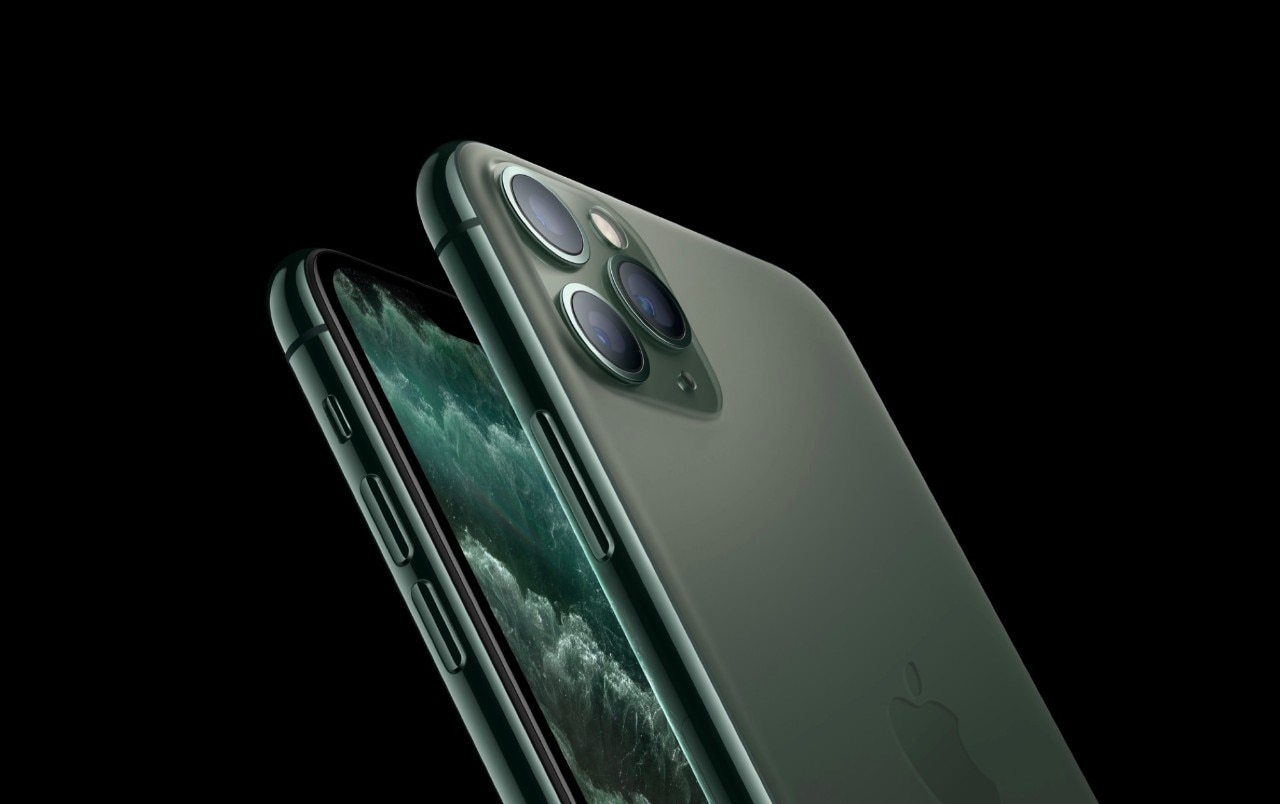
And then, a confirmation from Apple: during the only fixed consumer technology appointment that is left, aka the launch of new phones in September, the Cupertino-based company has chosen to integrate new features, while the much-awaited aesthetic update will come next year. The new iPhone 11 Pro is even heavier and slightly thicker than its predecessor XR, but it gets precious hours of extra battery life. After all, instead of carrying your power bank everywhere you go, isn't it better to carry just a slightly bulkier phone? We've come full circle: the issue isn’t the supremacy of aesthetics that came after the overwhelming period in which the craze for innovation was becoming unmanageable. When asked, "what have you seen this year at IFA?" us journalists tend to answer, "nothing". And maybe it isn’t such a bad thing, because this "nothing" stands for “nothing striking, excessive or over-the-top”: this year at IFA there were no self-declared great tech innovations that everyone will have forgotten by the end of the year, like virtual reality (this year it was nowhere to be seen), neither were there products that are no longer this interesting, like the Alexa or Google Assistant speakers (even my grandmother has one). Or all the other “hottest trends" of the past years that we can’t even remember now. But once the exhibition is over, what’s left? The user: the human being and what he needs, not what he dreams of. So, put less science fiction and more intelligence in design, please.
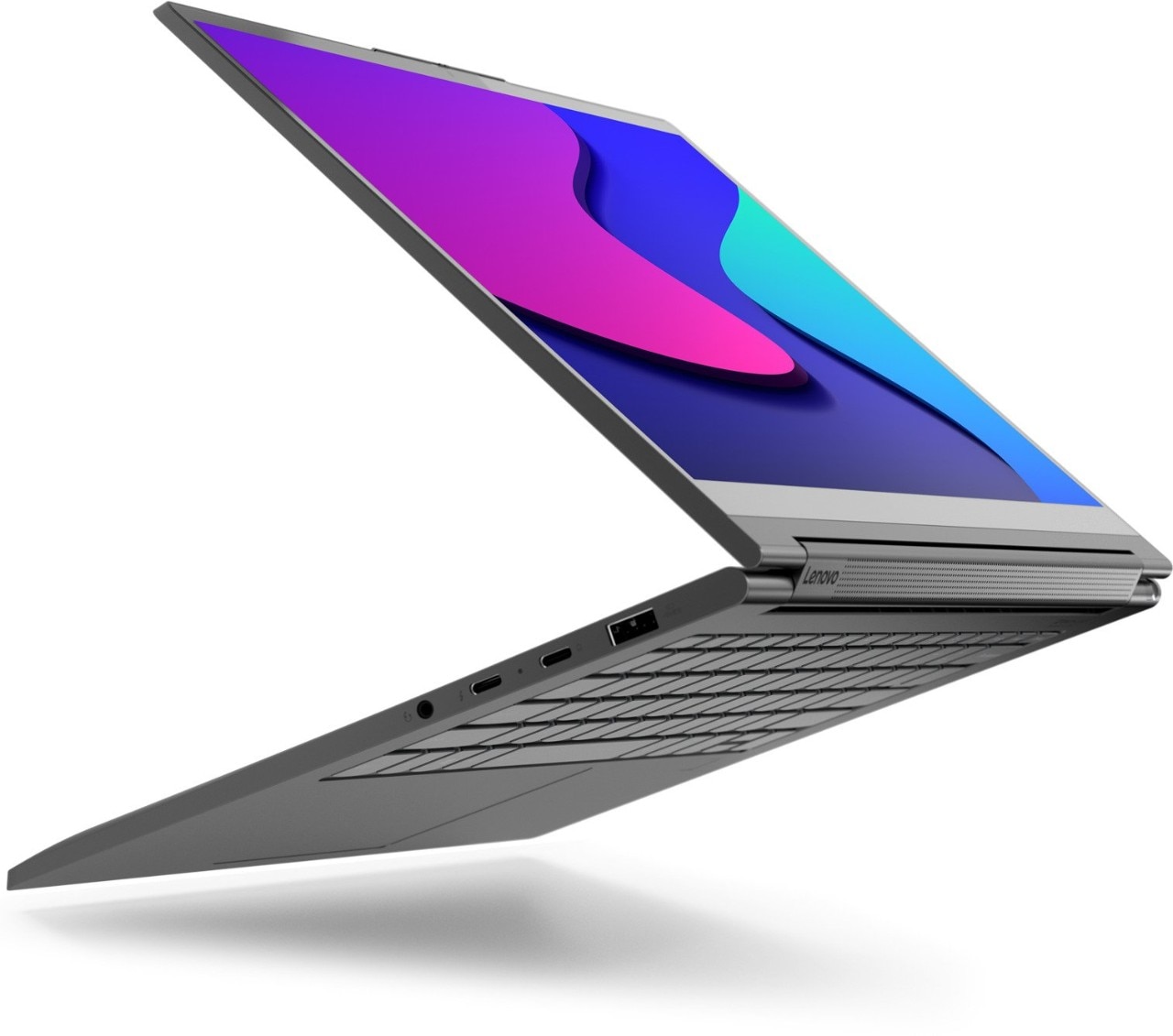
A couple of years ago Candy, the historic Brianza-based domestic appliance company that conquered the planet, launched Bianca, a smart washing machine that could speak thanks to Google Assistant. On the stage of IFA, a large group of journalists had the opportunity to witness a dialogue between human and appliance. There was some delay and a little misunderstanding, but it turned out to be pretty good in the end -especially for those who needed a clickbait title to increase the traffic on the website. However, the final user probably wasn't so interested - do you know many people that like to talk to their washing machine? Since then, a few things have changed: Chinese electronics giant Haier Group acquired Candy, and the huge stand of the third largest producer of household goods showcased quite silent appliances. The only words that you could hear at the Candy stand were “human”, “accessible“ and obviously “Italian”. The new Candy washing machine has a “Snap&Wash“ feature that ensures a high level of smartness without any voice interaction: simply photograph your laundry, and the application will choose the most suitable wash cycle. And it's always with a photo that the new AEG/Electrolux fridge lets you know what you should put in the shopping cart and what foods are going to expire, thanks to a smart device developed in partnership with a start-up called Smarter. And soon the same fridge will learn to do your shopping on its own, by ordering the grocery on Amazon. "Ours is a human approach to design," says Anna Ohlsson-Leijon, CEO Business Area Europe Electrolux. "We want to focus on the consumer, his well-being and needs. He is not an ideal consumer, but a detailed one by meeting him and collecting data on the use of appliances. "People want things that they can understand are useful in their daily lives. The time we have is limited, so we want precise instructions: for example when we have to prepare a dinner for friends, or for our family.

“Our team analyses what users want and don’t, and how they use their devices” explain Damian Mackiewicz and Christian Schluender, the directors of Harman’s design department, the giant audio company acquired by Samsung a few years ago. In order to create new devices, their designers focus on the various methods of use and user experience. Designing the experience is a mantra for those who design tech devices: the shape, the materials, the software and the engineering are equally important. “We always quarrel with our engineering team”, explain Mackiewicz and Schluender, “but we’re also always communicating. We're all in the same room and that's a big advantage.” On the other hand, things work differently for LG Signature, the ultra-luxury appliance brand that creates “absurd things, reminding of ‘60s science fiction movies“, as Massimiliano Fuksas, who designed the stand at the fair this year, explains. “The design is not even minimal. It becomes another object”. Mr. Noh, head of LG's Design Center, explains that their engineers do the impossible to meet the requirements of the designers, even if this takes double the time. And if he had to imagine the perfect washing machine, it would have no buttons and it would not speak. The Korean designer smiles as he explains that, in his opinion, the best appliance does everything on its own, requiring the least human intervention. A silent and serviceable object. After all, when we buy a new washing machine, we go for the quietest one, don’t we?

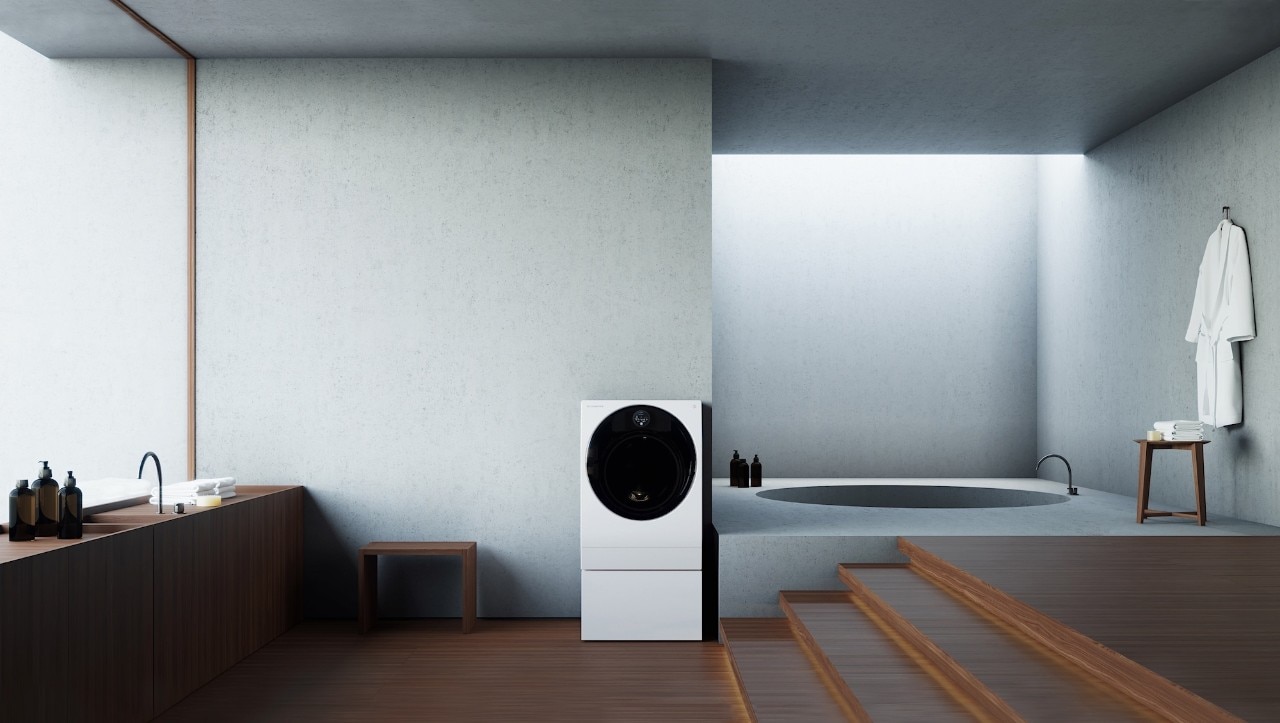

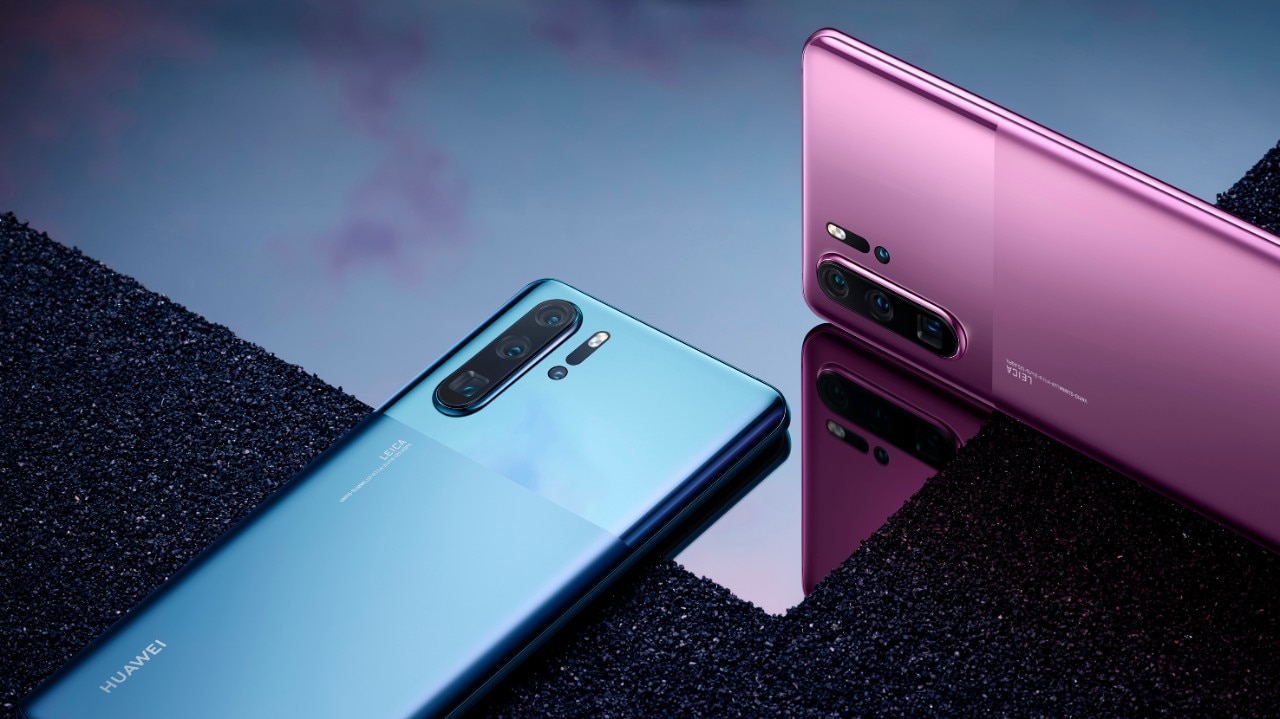
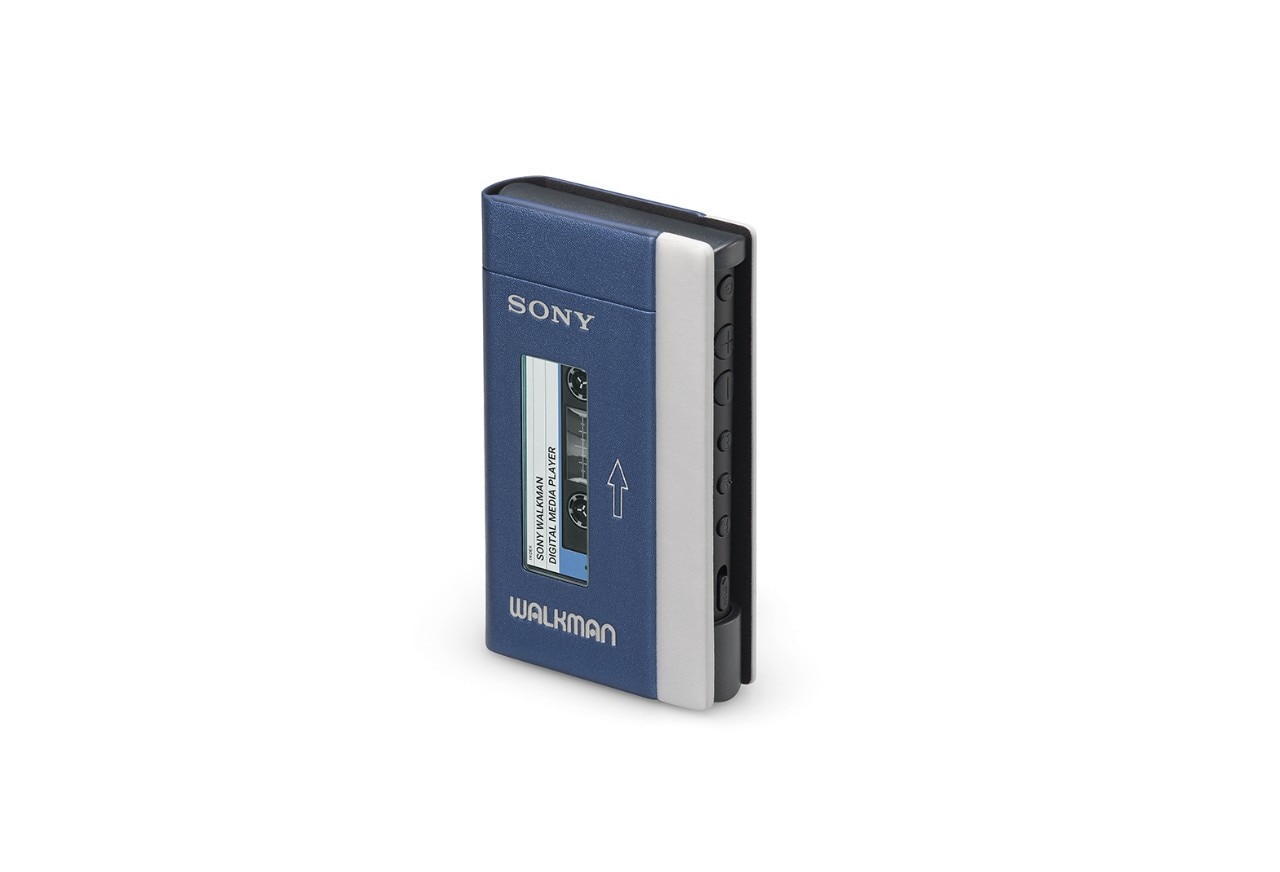
.jpg.foto.rmedium.png)
